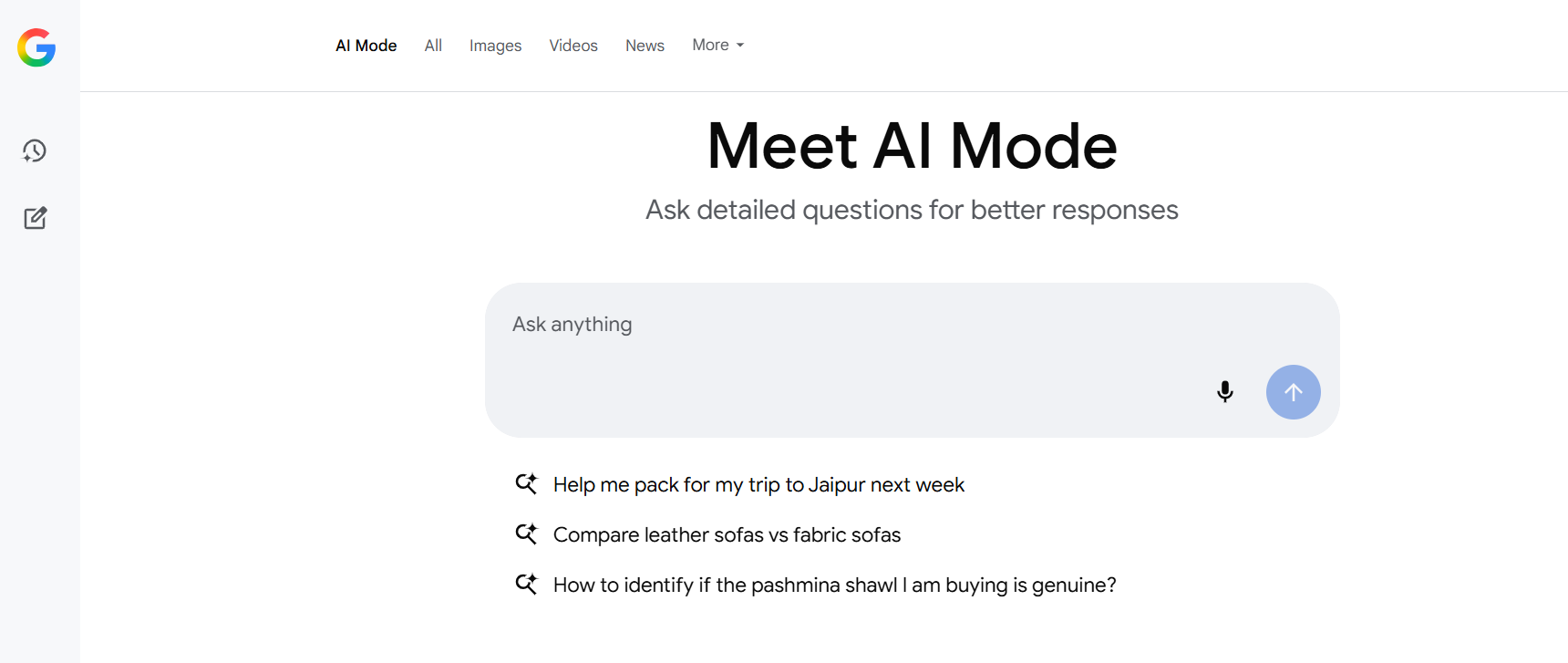Medical industry has traveled leaps and bounds in this decade, especially since the pandemic broke in globally. As the need arose for more practical, technological, and remote solutions, the IT sector bombarded the healthcare front with feasible measures. While these measures surely revolutionized our existing medical system, it also possessed some challenges that remain to be addressed.
Questions such as how do environmental factors affect your health, how can you remotely document your blood sugar levels for your doctor to analyse have been answered through numerous technological parameters. Furthermore, they have also provided depth to precision medicine research. This has improved care management and coordination.
Considering the positive impacts the IT sector has had on healthcare institutions, it’s hard to fathom that there can be issues underlying this.
Then what is the Issue?
While researchers continue to ponder over how insightful information can be gathered at non-clinical settings, challenges still persist. The fact that technologies that use competing and asynchronous standards are deployed in the healthcare sector makes it hard to integrate data at a large scale.
Apparently, we experience lagging at a basic level of gathering and processing data from wearable bands, sensors, as well as mobile apps. Integrating social determinants of health (SDOH) has become a problem because of this. Doctors or research professionals face problems in providing comprehensive care as they fail to strike a connection between clinical and non-clinical information. Failing to gather integral insights is a predominant challenge.
Advancing Standards for Precision Medicine (ASPM): Making Data Collection and Sharing Impactful
Project ASPM was established to ensure that the process of collecting and sharing data is carried out without any discrepancies. It puts to use standard development and testing in order to facilitate sharing of data from outside the healthcare system.
The Office of the National Coordinator for Health Information Technology (ONC) tackled two projects based on demonstration. The purpose of these was to study the role of data collection through mobile phones, sensors, wearables, and SDOH data.
Role of Mobile Phones, Sensors, and Wearable Bands
Pertaining to the increased usage and popularity of devices like phones, sensors, and wearables, the need for their adoption in the medical industry has multiplied tenfold. To meet the needs of exchanging useful information via software, the Health Level Seven International Fast Healthcare has been deployed under the specification of Interoperability Resources.
Keeping the aforementioned in mind, the demonstration projects implemented the FHIR Application Data Exchange Assessment Framework and Functional Requirements for Mobile Health Implementation Guide. These were developed by the ASPM team to track mobile health, wearable, and sensors data.
Not only a part of theoretical studies, the framework and implementation guide was also implemented for testing in the real world. A Medical Group put it to test for two different cases-
· Patients suffering from COVID-19
· Patients suffering from congestive heart failure
Each patient was given a device to monitor signs for their illnesses. Thereafter, the mobile app transferred the data to their Electronic Health Record (EHR). They conformed to the framework and implementation guide for the process of data collection.
On the other hand, another testing procedure was performed in a production setting. Their synthetic patient data was monitored between a patient engagement app, Get Real Health, and a health information technology development. The concerned data centred on simulated COVID-19 risk factors as fed in the HER through consumer devices.
Social Particulars of Health
Although the effect of Social Determinants of Health (SDOH) is well acknowledged, there still are loopholes when it comes to gathering significant information from patients and transferring it to healthcare providers in standard format.
The reason for the establishment of the Integrating Healthcare Enterprise Assessment Curation and Data Collection (IHE ACDC) is to capture SDOH data. The process followed for gathering data are assessments and questionnaires. This was thereafter tested at Fenway Health in Boston, Massachusetts. Besides, Athenahealth and the University of Washington partnered with Fenway Health for the accomplishment of these tasks.
A standardized questionnaire was used by Fenway Health to record and transfer patient data gathered from their responses. These included their living conditions, housing, food security, and transportation. Capturing of data was made possible via IHE ACDC profile. The transfer was managed by the EHR in HL7 FHIR format. This enabled fast sharing of results with the provider.
The conclusive statement drawn from the testing was that the IHE ACDC profile could successfully gather SDOH data and transfer it. This result ensured the possibility of it being used for patient care and research in the future.
What is in the Future?
Data collection and sharing is one of the most important areas of the medical industry. It’s vital to keep it into consideration when designing healthcare technology.
The testing and consequent demonstration did bring to light challenges that still exist as obstacles in the path of collecting and sharing certain types of patient data. But what comes as a relief is the fact it also provided a direction for future work to combat these problems.
One of the solutions that can be considered from these demonstrations is to provide encouragement to customer devices manufacturers to incorporate a standard like HL7 FHIR. Besides, an improvement in the field of collaboration is also desired. This will assist in enhancing collaboration across standard development organizations to transfer SDOH and other integral data with health IT after gathering it from patient’s mobile/devices.
The future is quite glorious for data collection and transference as it has become a priority in the IT sector to improve its speed and efficiency.
Summing Up
As we move ahead in the new wave of healthcare systems, it’s important to ensure that technologies are being improved and honed to perfection for usage. Since holding and handling data can be quite a tedious yet vital task, a piece of technology is essential to fill in the loopholes.
We may not have attained perfection with the way technological parameters are handling data, but within a few years, the change will be significant.

 Web and Full Stack
Web and Full Stack CMS and Frameworks
CMS and Frameworks Online Marketing
Online Marketing Cloud Services
Cloud Services ECommerce
ECommerce Mobile
Mobile



